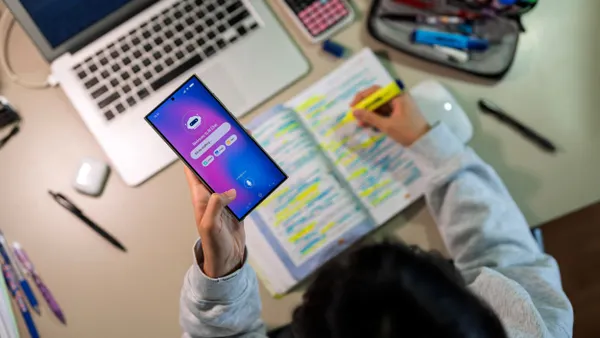Dive Brief:
- As schools improve their internet connections on-site, they are also looking toward the next frontier of providing opportunity — and in many places, that means trying to figure out how to offer Wi-Fi beyond the school walls.
- Ed Tech Magazine reports the Watkins Glen Central School District in New York added Wi-Fi to school buses, giving students in rural areas a chance to maintain their connection for the ride home, and the Lamar Consolidated Independent School District in Texas sent kids home with notebook computers that came with their own mobile hotspot.
- Albemarle County Public Schools in Virginia has started a three-year project to blanket its 726-square-mile district in broadband coverage, eliminating internet use gaps between school and home for every child in the district.
Dive Insight:
Providing an equitable environment for students in schools where, regardless of background, everyone has access to digital learning devices only helps so much when the students leave school. Many districts are capitalizing on the expanded E-Rate program to reinforce their infrastructure and get or upgrade Wi-Fi networks.
More important than access to 21st century tools, however, is the way teachers are facilitating their use. A report from the Stanford Center for Opportunity Policy in Education highlights key practices to consider when choosing ed tech tools and lessons from research about what underserved students benefit from most, including activities that develop higher order thinking skills, integrate culturally relevant practices, and allow for self-directed learning.












